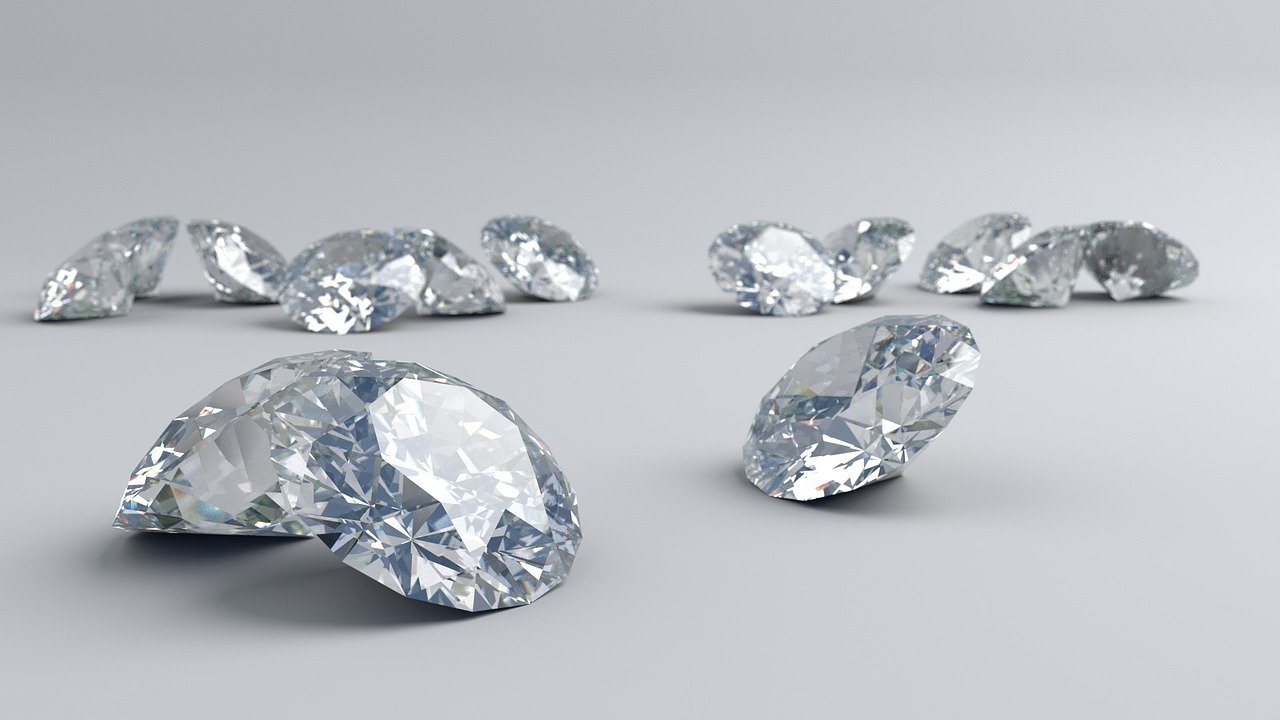
Lab Diamond Rings and Claws: A Complete Guide
Introduction
Welcome to the sparkling world of lab diamond rings and their always important claws! If, despite everything that you’re considering upgrading your pearls game or just intrigued about why claws are a big deal in the world of lab diamonds, you’ve come to the ideal locations. In this thorough aide, we’ll dive significant into all that you want to be familiar with lab diamonds and the work claws play in their plan. Ready to embark on this dazzling excursion? We ought to get everything moving!
What Are Lab Diamond Rings?
Lab diamond rings are more than essentially a state of the art pattern — they’re a fantastic fusion of science and elegance. Dissimilar to their natural counterparts, lab diamonds are grown in controlled environments, impersonating the conditions under which natural diamonds form. This cycle brings about diamonds that are chemically, physically lab diamond rings claws, and optically identical to those tracked down significant inside the Earth’s outside.
The Science Behind Lab Diamonds
Creating Lab Diamonds
Anyway, how exactly are these marvels of present day science created? Lab diamonds are conveyed through two main strategies: High Tension High Temperature (HPHT) and Chemical Vapor Deposition (CVD). HPHT replicates the serious strain and temperature conditions of the Earth’s mantle, while CVD incorporates the deposition of carbon atoms onto a substrate, which then crystallize into diamond.
How Lab Diamonds Compare to Natural Diamonds
With regards to comparing lab diamonds with natural ones, the distinctions are almost undetectable to the naked eye. Lab diamonds boast the same brilliance, hardness, and fire as their natural counterparts, making them a phenomenal decision for the individuals who appreciate a top notch gem without the vigorous retail cost or ethical concerns associated with mining.
Understanding Claws in Adornments
What Are Claws?
Claws, as often as possible called prongs, are small metal projections that hold a gemstone safely in place. They’re an essential part of any ring, especially those featuring valuable stones like diamonds. The motivation behind these claws is to maximize the amount of light that reaches the diamond, enhancing its brilliance and sparkle.
Types of Claws
Claws come in various styles, each with its clever advantages. The most common types include:
Four-Claw Setting: Offers a balanced look and security for the gemstone.
Six-Claw Setting: Gives extra stability and enhances the diamond’s perceivability.
Three-Claw Setting: Ideal for minimalist plans, giving a bleeding edge and smooth appearance.
Why Claws Are Important
Claws play a crucial work in both the security and classy appeal of a ring. They guarantee that the diamond remains emphatically in place, diminishing its gamble ending up being free or falling out. Additionally, the strategic placement of claws allows for maximum light passage, making the gemstone sparkle brilliantly.
Lab Diamond Rings and Claws
Why Pick Lab Diamonds for Claws?
Lab diamonds are a phenomenal decision for claw settings because of their incredible and ethical production. Since lab diamonds are virtually identical to natural diamonds, they benefit from the same claw settings that enhance their sparkle. Furthermore, picking lab diamonds can regularly be more financially savvy, allowing for more elaborate claw plans without breaking the bank.
Advantages of Claws for Lab Diamonds
Claws are particularly advantageous for lab diamonds as they help showcase the stone’s brilliance to its fullest. The strong setting guarantees that the diamond remains great and especially safeguarded while allowing for a clear viewpoint on its dazzling facets.
Lab grown diamonds are an innovative alternative to natural diamonds, created using advanced technological processes that replicate the conditions under which natural diamonds form. By applying high pressure and temperature, or through chemical vapor deposition, scientists can produce diamonds that are chemically and physically identical to their natural counterparts.
Picking the Right Claw Setting
Types of Claw Settings
Picking the right claw setting incorporates more than just picking a style; about picking the setting best enhancements your diamond and personal style. Coming up next are two or three popular options:
Traditional Claw Settings: Classic and ageless, ideal for showcasing the diamond’s brilliance.
Bezel Settings: Circle the diamond with a metal band for a smooth and current look.
Tension Settings: Hold the diamond in place using pressure, creating a floating appearance.
Factors to Consider
While picking a claw setting, consider factors like the diamond’s shape, the ideal style, and how the setting will affect the diamond’s security. It’s essential to balance style with practicality to guarantee the ring is both beautiful and durable.
Claws vs. Various Settings
While claws are a popular decision, various settings like bezels or tension settings offer various advantages. Bezels give extra protection and an advanced edge, while tension settings create a novel, floating appearance. Your decision will depend upon your personal taste and how you want your diamond to be showcased.
Care and Maintenance of Claw Settings
Cleaning Your Claw Settings
Maintaining the sparkle of your lab diamond rings incorporates regular cleaning. Use a delicate brush and delicate soap to carefully clean the claws and diamond. Avoid harsh chemicals and ultrasonic cleaners, which can damage the metal or the actual diamond.
Forestalling Damage
To keep your claw settings in top shape, avoid introducing your ring to harsh chemicals or activities that could cause physical damage. Regular inspections by a professional diamond setter can assist with perceiving any potential issues before they become troublesome issues.
Popular Patterns in Lab Diamond Rings with Claws
Latest things
Lab diamond rings are seeing a couple of empowering patterns, particularly in claw settings. Minimalist plans with smooth, understated claws are popular for their bleeding edge tasteful, while vintage-jazzed up claw settings are making a comeback with intricate plans and classic charm.
Celebrity Inspirations
Famous individuals are generally speaking pioneers in the world of jewels. From smooth and current claw settings to more elaborate, vintage-jazzed up plans, enormous names are showcasing countless styles. Watch out for honorary pathway occasions for inspiration!
Conclusion
Lab diamond rings with claws are a brilliant decision for anyone wanting to consolidate ethical considerations with staggering beauty. The right claw setting can enhance the sparkle of your lab diamond, offering both style and security. Whether you favor a classic four-claw setting or a more current tension setting, there’s a plan out there to match your remarkable taste.



